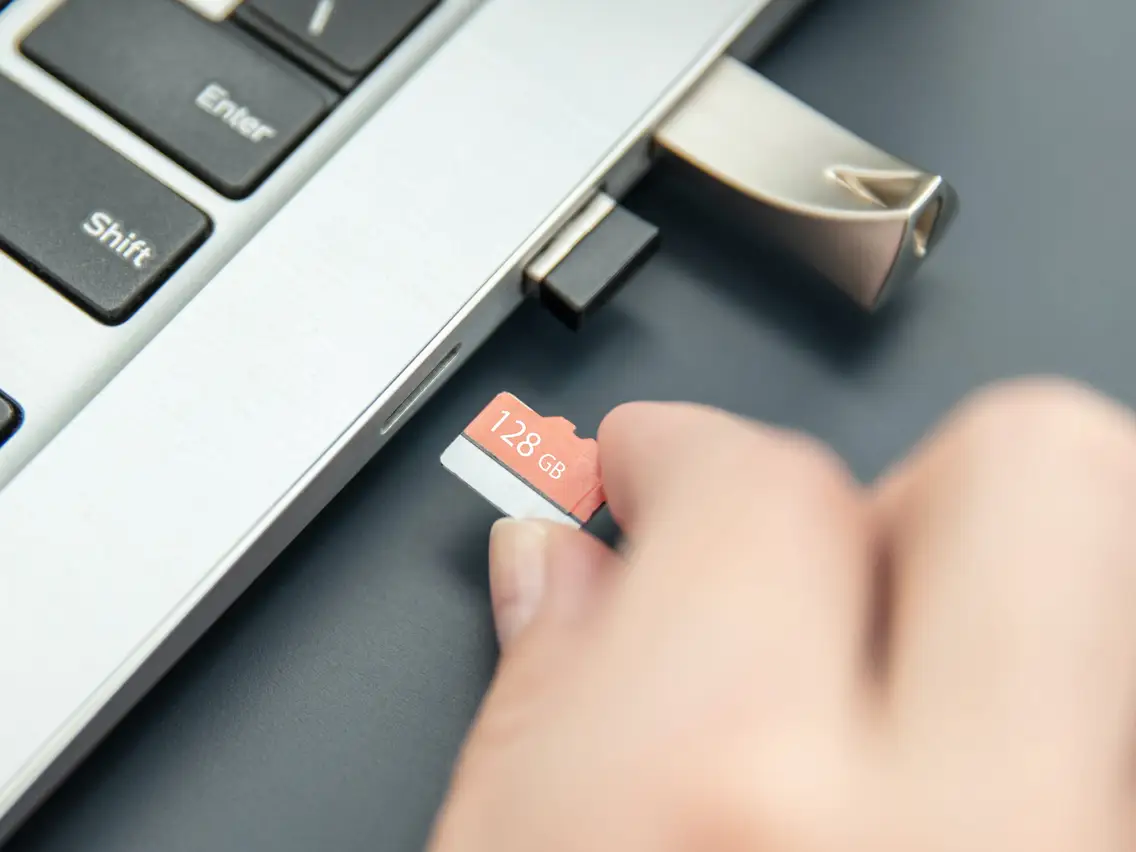Formatting a microSD card is a simple process that can be done in a few steps. Here is a detailed step-by-step guide on how to format microSD card on Windows 11:

Step 1: Connect the MicroSD Card to Your Computer
Insert the microSD card into a card reader or connect it to your device that has a microSD card slot.

Step 2: Open the File Explorer
Open the Start menu and type “File Explorer” in the search bar. Click on the “File Explorer” icon to open it.

Step 3: Locate the MicroSD Card
In the File Explorer, locate the microSD card. It will be listed under the “Devices and drives” section.
Step 4: Right-Click on the MicroSD Card
Once you have located the microSD card, right-click on it and select “Format” from the context menu.

Step 5: Select the File System
A format window will appear. Select the file system you want to use for the microSD card. The options are NTFS, FAT32, exFAT, or other file systems. It is recommended to use exFAT if you want to use the card on different devices and operating systems and NTFS for windows only.
Also Read: Differences of NTFS, FAT32, exFAT
Step 6: Select the Allocation Unit Size
The allocation unit size is the size of the clusters that the file system uses to store files. The default size is usually fine, but you can select a different size if you prefer.
Step 7: Give a Label to the Card (Optional)
You can give a label to the microSD card. This will help you identify the card in the future.

Step 8: Click on the “Start” to Format MicroSD Card on Windows
Once you have made all the necessary selections, click on the “Start” button to begin the formatting process.
Step 9: Confirm the Formatting
A warning message will appear, asking you to confirm the formatting. Make sure you have backed up any important files from the microSD card before proceeding. Click on the “OK” button to confirm.
Step 10: Wait for the Formatting to Complete
The formatting process may take a few minutes to complete, depending on the size of the microSD card. Do not remove the microSD card from the computer or interrupt the formatting process.
Step 11: Check the MicroSD Card
Once the formatting is complete, open the File Explorer and check the microSD card to make sure it has been formatted properly. The microSD card should be empty and ready to use.
In Conclusion
To format microSD card on windows is a simple process that can be done in a few steps using the built-in formatting tool in Windows 11. By following the steps outlined in this guide, you can format your microSD card and get back to using it as normal.
Keep in mind that formatting a microSD card will delete all the files and data stored on it, so be sure to backup any important files before proceeding.
Look also at – How to retrieve data from a damaged USB stick for free













